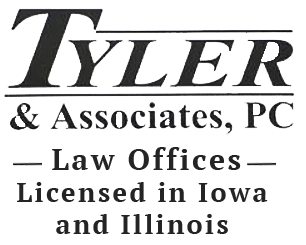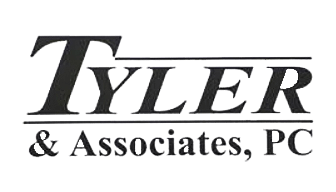In an ideal world, workers in Iowa and elsewhere would be able to trust their employers with their safety and health. Unfortunately, that will likely remain a dream because, every year, the Occupational Safety and Health Administration publishes a similar list of most cited safety violations. A comparison from year to year underscores the fact that many employers continue to prioritize profits over employee safety.
For that reason, you may be wise to take note of the hazards in your work environment, and do what you can to protect yourself. Fortunately, the workers’ compensation insurance system has the backs of injured workers and the surviving families who lose loved ones in work-related accidents.
Frequently cited safety violations
The following safety hazards form part of the most cited violations every year. Falls top the list every year, and although the information here is in no particular order, you may note that several of them are fall-related:
- Falls, protection and training: According to OSHA, falls from heights, down holes and on ground level are the primary cause of workplace injuries. Reportedly, the lack of personal protective equipment and training in the proper use of it often cause severe injuries and even deaths.
- Scaffold-related hazards: OSHA records indicate that most scaffold injuries occur when workers climb up or down these structures. However, other hazards include coming into contact with overhead power cables, being struck by objects falling from a scaffold and more. The erection and dismantling of scaffolding structures are also hazardous tasks.
- Ladder-related hazards: Regardless of the industry in which you work, it could involve climbing up and down ladders. OSHA has specific safety regulations to prevent falls from fixed or portable ladders and stepladders because one in five of the annually recorded fall accidents involve ladders.
- Electrical hazards: The purpose of the highly technical safety standards for electricity is to prevent injuries such as shocks, electrocution and burns.
- Respiratory risks: Occupational diseases develop from working without respiratory protection against airborne hazards. Without protection, you can inhale particles from sprays, smoke, vapor, gases, fumes and dust, which might lead to asbestosis, silicosis or other lung damage.
- Industrial truck hazards: Whether you are on or near powered, mobile equipment such as a lift truck or forklift, you may be at risk of suffering injuries. Only properly trained workers may operate these vehicles that cause thousands of on-the-job injuries every year.
- Machine hazards: Contact with moving machine parts has caused too many amputations and fatalities. Lockout/tagout devices and compliance with related rules are vital. Similarly, exposure to equipment without guarding can cause amputations, lacerations and abrasions.
- Hazardous chemicals: Employers must inform and educate employees about any dangerous substances they may encounter and ensure compliance with labeling and storage regulations.
Knowing about the potential hazards in your Iowa workplace, and taking precautions may go a long way in keeping you off the injured list. However, if you become a victim of an occupational illness or injury, you may find comfort in knowing that there are resources that can assist with the navigation of workers’ compensation benefits claims.

